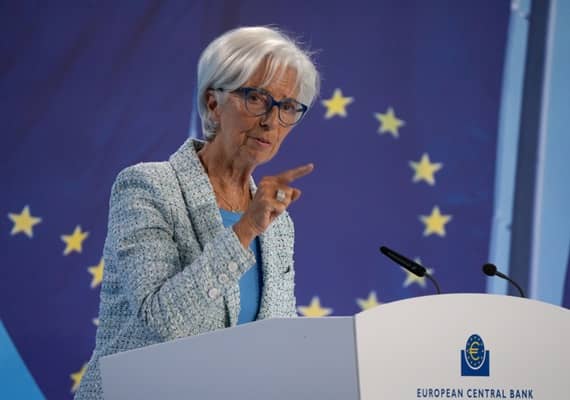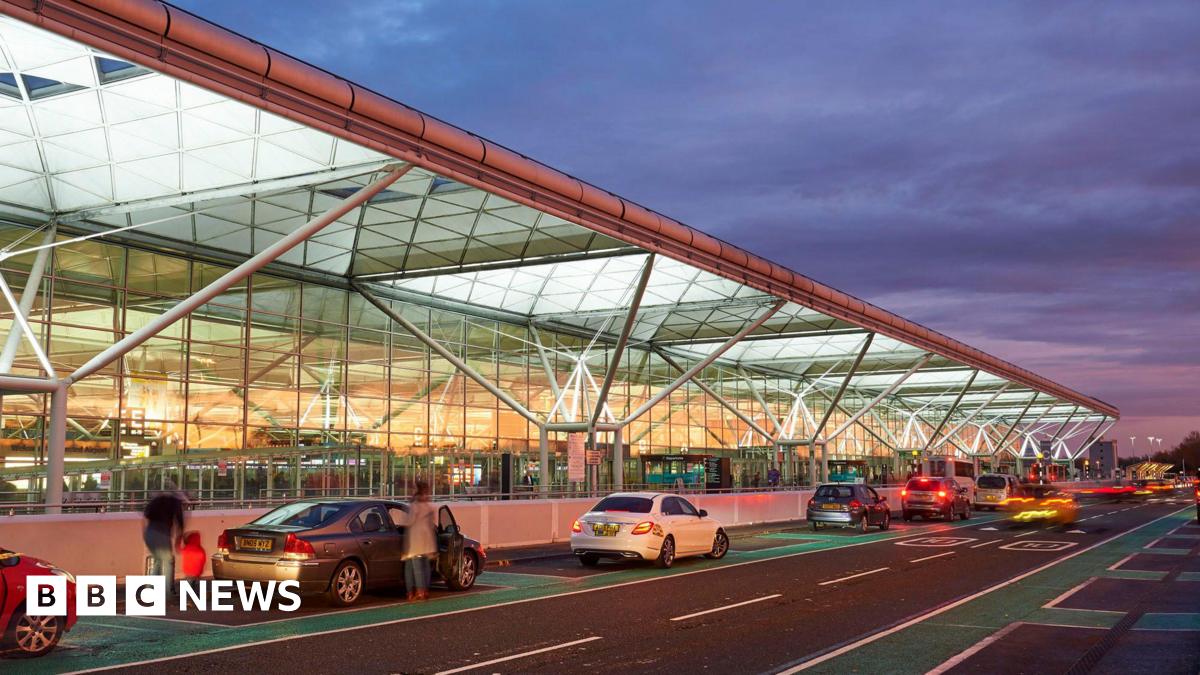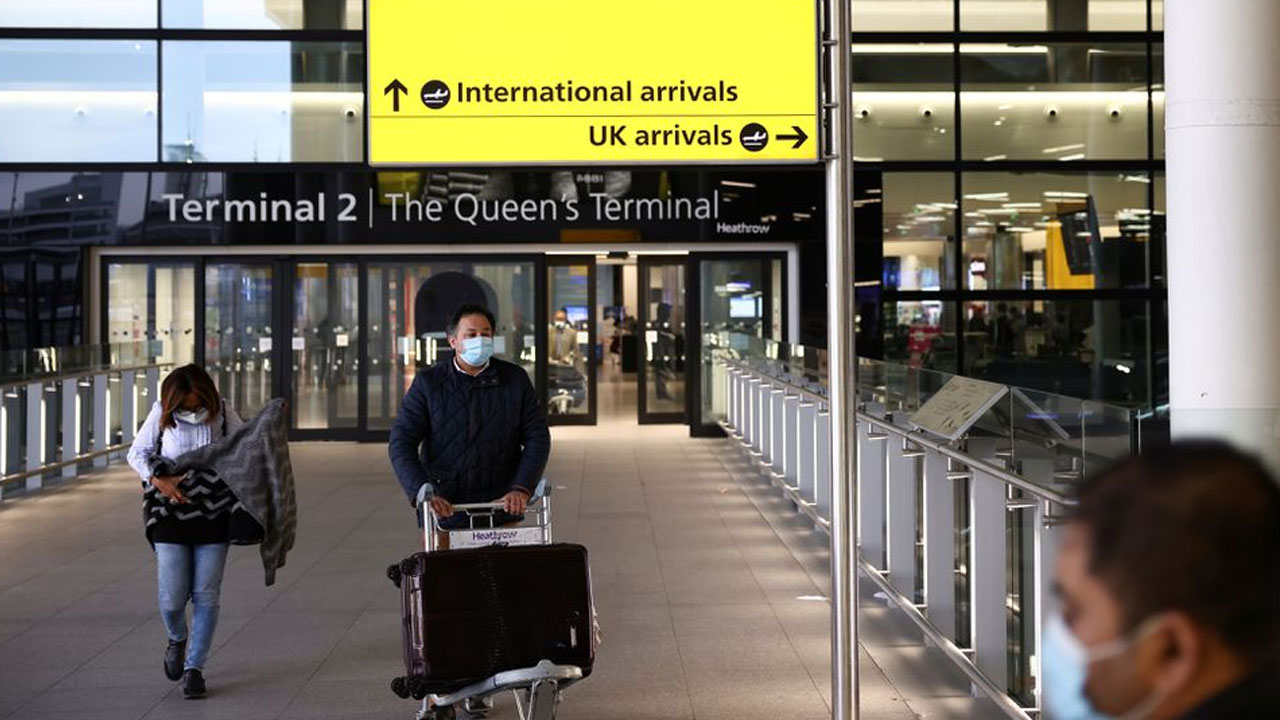Bussiness
The ECB delivered their second rate cut as expected – London Business News | Londonlovesbusiness.com

The ECB delivered their second rate cut of the cycle today, as had been fully expected and already discounted by financial markets, having been well-telegraphed in advance by Governing Council members.
After the 25bp cut, the deposit rate now stands at 3.50%, its lowest level since last July.
Accompanying the rate cut was policy guidance that remained broadly unchanged from that delivered at the prior meeting in July, also producing little by way of surprises for market participants to digest.
As a result, policymakers again pledged to follow a data-dependent, meeting-by-meeting approach to future rate decisions, while not pre-committing to any particular policy path. Inflation developments, particularly underlying price pressures, remain the key factor in determining the timing of the next rate cut.
The latest round of staff macroeconomic projections also produced little by way of surprises. GDP growth expectations were cut for every year of the forecast horizon, largely a reflection of both continuing downside growth risks, and the overly-aggressive nature of the prior 0.9% GDP forecast for 2024. Inflation projections, meanwhile, remain unchanged.
At a broader level, the September ECB decision shan’t be a game-changer for financial markets, or for the eurozone economy.
While focus will now fall on President Lagarde’s press conference for any additional hints on the policy outlook, the EUR OIS curve still appears a little over-priced, with a further 37bp of easing discounted by year-end, and policymakers instead likely to plot a more deliberate course of removing restriction, probably cutting the deposit rate just once more this year, in December. Were the FOMC to strike a relatively dovish note next Wednesday, this divergence could help to underpin EUR/USD over the medium-term.
Beyond the end of the year, once the deposit rate has reached a more neutral level, disagreement among Governing Council members seems likely to grow, as policymakers debate how loose policy can safely become to support the economy in the face of significant downside growth risks, while continuing to combat the threat of a resurgence in inflationary pressures.










